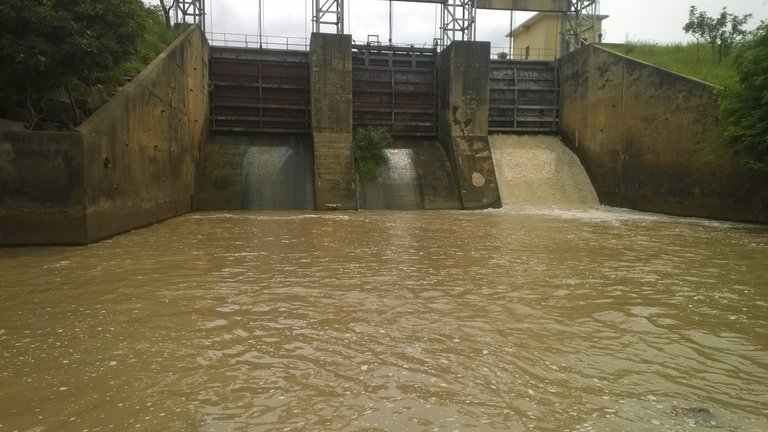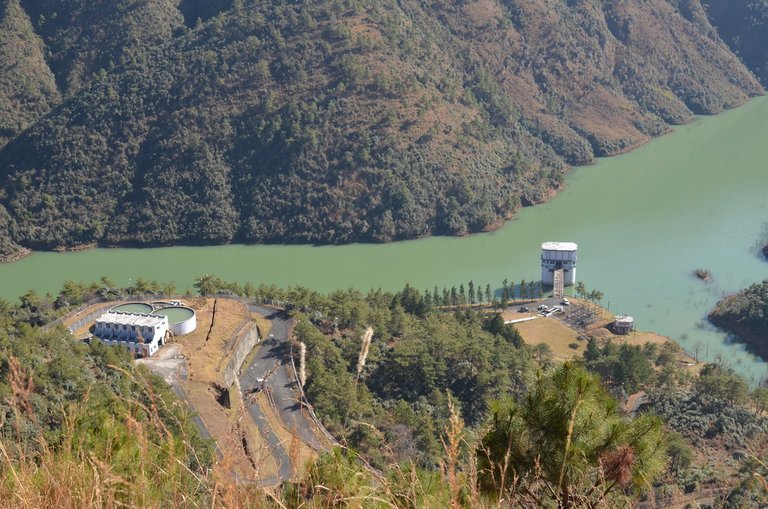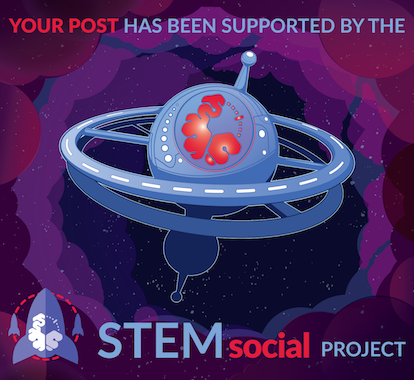Whenever I pass the great Shiroro dam or the Asejire Dam in Ibadan I usually wonder how they were able to build the edifice on a rivers but asides the structure we must confess that dams have been very helpful from powering machinery for electricity to flood control, agriculture and water storage but in all over time we have seen that dams are not good for our ecosystem as they can change the ecology of a river within a short period of time.
With dam creations comes the development of algae bloom and overtime they begin to emit greenhouse gasses but one thing is certain about dams, if they are not serving their purpose again, we can take the dam away thereby returning the river to its previous ecological beauty but how many dams have been destroyed and how has the river been since then?
In the world, we have over 15 million dams both big and small, and while the small dams are used for powering machines, irrigation purposes and so on, the big dams are used for the production of electricity via hydroelectricity which is the largest renewable energy source at the moment. When a dam is built, it just means building a wall with passage for water across the river thereby turning the fast moving river to a slow moving lake unless it is opened so the water can rush out.
While the water after the dam look a little good or even bad, the water behind the dam often always look terrible as it holds on to nutrient which then leads to algae in the river and soon they begin to cause algae bloom which often prevents oxygen from penetrating into the water. Soon plants and animals start to die and they begin to emit carbon dioxide and other greenhouse gasses like methane.
Another dam to look at is the Milltown dam which was an hydroelectric dam that was completed in 1907 but since dams are used to trapping things, in 1908, the dam trapped mining wash offs with heavy metals like arsenic which was toxic. The poison affected the fishes in the river and then found its way into the water people were consuming. In 2006, the removal of the dam commenced with the arsenic removed.
When dams are no longer useful or are demanded to be removed due to their effects on the environment, the ecology of the river starts to grow back gradually. An example is the Elwha river dam in Washington which after its removal in 2012 saw a recovery of over 4000 chinook salmon return into the river and the ecosystem is growing back gradually.
When dams are removed, the water quality of the river is improved such as the case of the Selune river in Normandy, France where two dams were built and although they were functional, they caused phosphorus and silica to settle behind which caused algae to grow leading to a bloom in the river. By the year 2019, the dams were removed, and scientists began to study the river to see how it will recover back. The study is still ongoing and they intend to study it till the year 2027 to see if there will be changes in the river and its surrounding ecosystem. For now, scientist have seen an improvement in nutrient level in the river with sediments in the downstream area increase.
When dams are created, they drastically cause changes in water temperature and we know that temperature is very important for all living creature as we can live at some temperature and will die when it reaches certain temperature. Temperature is also very important in mating, and daily activities and when the temperature changes in the river, it affects the aquatic life drastically.
We cannot deny that dam has been very helpful to us as humans especially in our civilization in the aspect of producing electricity for our needs and they have been able to help us with agriculture and water storage but then it also has its downside and its downside has to do with affecting our ecosystem. For now, we cannot remove the dams in the world completely, we will have to find a way to balance both side until we are able to find alternatives to them.
Reference
https://www.epa.gov/air-research/research-emissions-us-reservoirs
https://www.epa.gov/sites/default/files/2016-12
https://www.sciencedirect.com/science/article/abs/pii/S0006320715301002
https://univ-rennes.hal.science/hal-03059914/document
https://programme-selune.com/eng/the-program/context/why-restore-rivers
https://clarkfork.org/our-work/milltown-dam-removal/
https://www.npr.org/2024/01/12/1224494403
https://pmc.ncbi.nlm.nih.gov/articles/PMC8412358/
https://semspub.epa.gov/work/08/100010818.pdf
https://commonhome.georgetown.edu/topics/environmentaljustice/dismantling-dams-for-decolonization/
https://www.researchgate.net/profile/George-mathias-Kondolf
https://www.epa.gov/sites/default/files/2016-12
https://www.sciencedirect.com/science/article/abs/pii/S0006320715301002
https://univ-rennes.hal.science/hal-03059914/document
https://programme-selune.com/eng/the-program/context/why-restore-rivers
https://clarkfork.org/our-work/milltown-dam-removal/
https://www.npr.org/2024/01/12/1224494403
https://pmc.ncbi.nlm.nih.gov/articles/PMC8412358/
https://semspub.epa.gov/work/08/100010818.pdf
https://commonhome.georgetown.edu/topics/environmentaljustice/dismantling-dams-for-decolonization/
https://www.researchgate.net/profile/George-mathias-Kondolf




